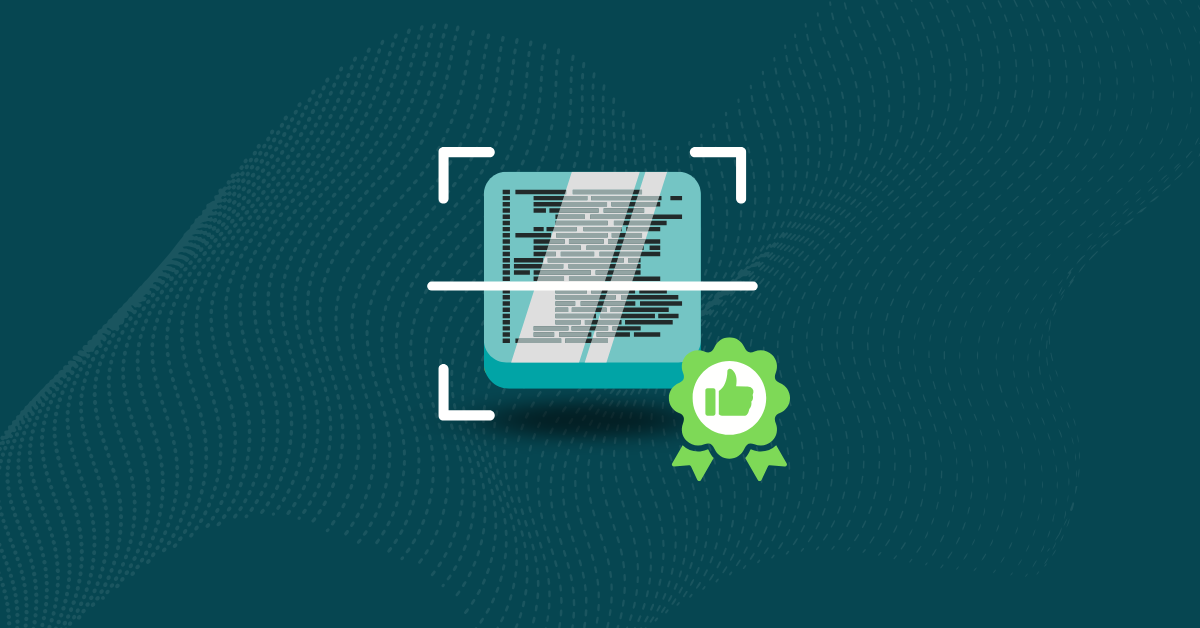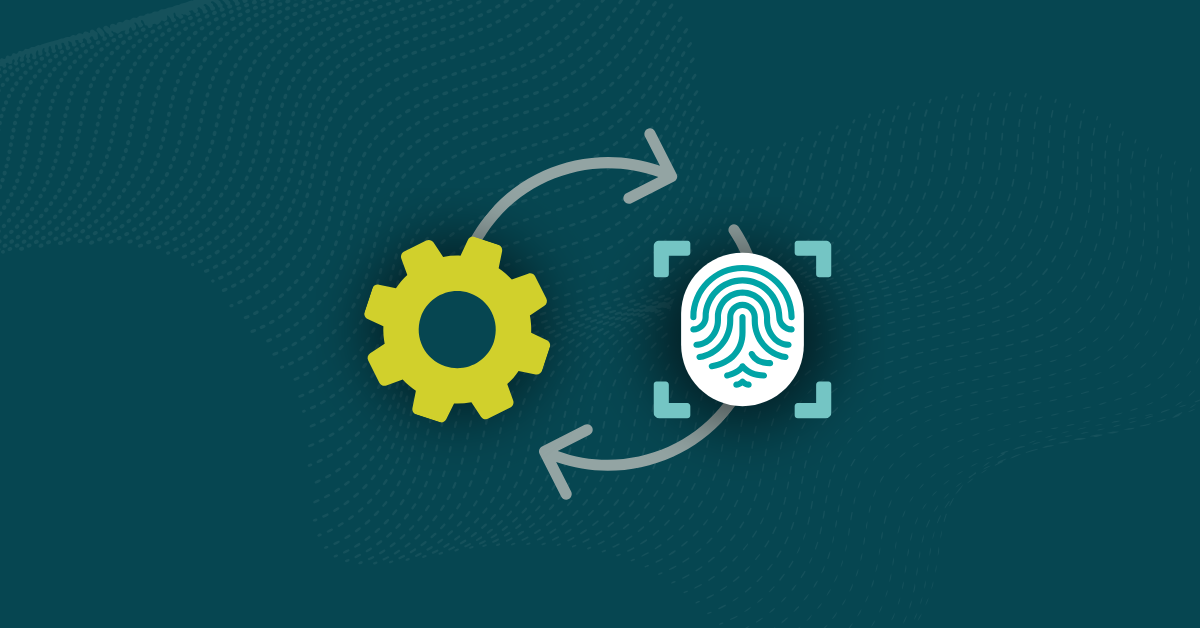

Blockchain is a viable data security solution across various industries, but is it secure?
We understand blockchain’s ability to prevent cyber attacks lies in continuous improvements and advancements. Based on the latest developments, you must practice some practical tips to ensure the safe use of blockchain technology.
This post will discuss everything you need to know about securing blockchain.
Blockchain is an immutable ledger featuring decentralization. This means that there is no centralized storage. Instead, the data is stored across a network of nodes as blocks. This technology was initially developed to store cryptocurrencies like Bitcoin.
As the name suggests, blockchain functions like a distributed database, linking blocks chronologically to form a chain. Every new block contains a reference to the previous block, making a data chain. Each block includes the following information:
To steal or malign data, a hacker needs to locate all the blocks where it is saved. Finding all the subsequent blocks and extracting or altering the data quickly is virtually impossible, making the data chain almost impossible to penetrate.
Therefore, blockchain is a lucrative storage solution for sectors where security, transparency, and data privacy are paramount. However, we must consider that the attack methods against blockchain continuously evolve, hence the need for a proactive security approach.
Now that you know blockchain, it’s time to learn how to secure it and prevent all the potential risks. Here are nine tips to get started:
Blockchain is encrypted, but storing Personally Identifiable Information (PII) poses significant risks due to its irreversible nature.
Once you store PII on the chain, it will stay there permanently. Because encryption techniques constantly evolve, today’s stored information could be cracked in the future.
Cyber attackers can use phishing to steal your private keys and get access to your enterprise network.
The OWASP Top 10 2021 reported cryptographic failures as the leading cause of Sensitive Data Exposure in recent years. The 2023 update covered it under the Broken Object Property Level Authorization category.
This potential vulnerability is alarming for industries like finance, where consumer data protection is paramount. Therefore, we recommend you not store PII directly on the blockchain and leverage off-chain storage solutions, such as:
You can record the hash or reference to the PII on the blockchain. The actual PII will remain safe off-chain even if the blockchain is compromised. For enhanced protection, deploy robust authentication mechanisms, including:
One of the best implementations of decentralized control, Multi-signature wallets (commonly known as Multisig Wallets) offer an additional security layer.
Unlike traditional wallers, they require two or more private keys to perform a transaction on the blockchain. The process involves multiple designated signers with different physical wallet addresses to approve a transaction, eliminating the risks of single-point failures.
Multisig wallets are particularly useful in corporate sectors, promoting collaborative decision-making. Financial institutions often comprise multiple stakeholders to manage significant funds. They can leverage multisig wallets to approve a financial transaction with mutual consensus.
This approach enhances security, promotes collaborative decision-making, and removes concerns over data transparency. It could have easily avoided incidents of cryptocurrency thefts, such as the busting of Thodex, a Turkish crypto exchange, in 2021.
A single layer of security can’t suffice the magnitude of today’s complex threat landscape. We recommend a layered security approach, also known as defense-in-depth. It involves multiple security measures that join together to secure a blockchain network. Multiple layers of defense minimize the likelihood of a breach.
A layered security protocol consists of the following components:
We have previously discussed how Zero Trust Architecture can help establish a pervasive security approach in software development. The same security model can be implemented for blockchain’s enhanced security.
The Zero Trust model follows the “never trust, always verify” principle. This simply means:
This framework is helpful for blockchain networks comprising multiple users. It is suitable for environments where users interact with sensitive data using various devices.
Implementation steps involve:
Instead of public blockchains, opt for permissioned blockchains to prevent unauthorized access. Permissioned blockchains offer a controlled environment, benefitting various sectors where data privacy and regulatory compliance are paramount.
For example, financial and healthcare institutions can rely on permissioned blockchains to maximize the protection of customers’ personal information.
This flexible approach makes permissioned blockchains an ideal solution for enterprises.
Smart contracts offer seamless on-chain execution, limiting third-party intervention. These self-executing contracts help automate numerous repetitive and validation processes, reducing costs and enhancing efficiency.
However, they are not invulnerable to cyber threats; a minor flaw in intelligent contracts may lead to substantial financial losses.
This is why we recommend regular audits to identify and address potential vulnerabilities in smart contracts. A comprehensive review should be conducted using:
These professional audits look for issues like reentrancy attacks, insecure external calls, and integer overflows.
We recommend deploying the contracts on the blockchain’s testnet and ensuring they perform appropriately in different scenarios. After deploying the contract on the live network (mainnet), you must continuously monitor its performance as new vulnerabilities may emerge.
Hardware Security Modules (HSMs) perform secure essential management functions to protect cryptographic keys. These specialized devices store keys in a tamper-proof hardware module, so even when security is breached, hackers cannot access them.
Suitable for sectors like finance, government, national security, and healthcare, etc., HSMs offer a fool-proof environment for:
Moreover, they perform various cryptographic operations, including:
These features make HSMs an ideal integration for any blockchain infrastructure, helping organizations maximize the security of their private keys against potential cyberattacks.
Continuous vulnerability scanning and testing are critical for a robust and sustainable blockchain network. The fundamental steps include:
Blockchain can be tested using the following approaches:
Continuous monitoring of blockchain involves:
You must stay updated with the latest trends and best practices for a secure blockchain network. To strengthen your network’s security, we recommend
Some of the latest trends to keep pace with:
These practical tips can aid finance, healthcare, and cybersecurity professionals build a resilient blockchain network against continuously evolving cyber threats. The key here is to stay vigilant and constantly update security practices for a robust and sustainable blockchain.


